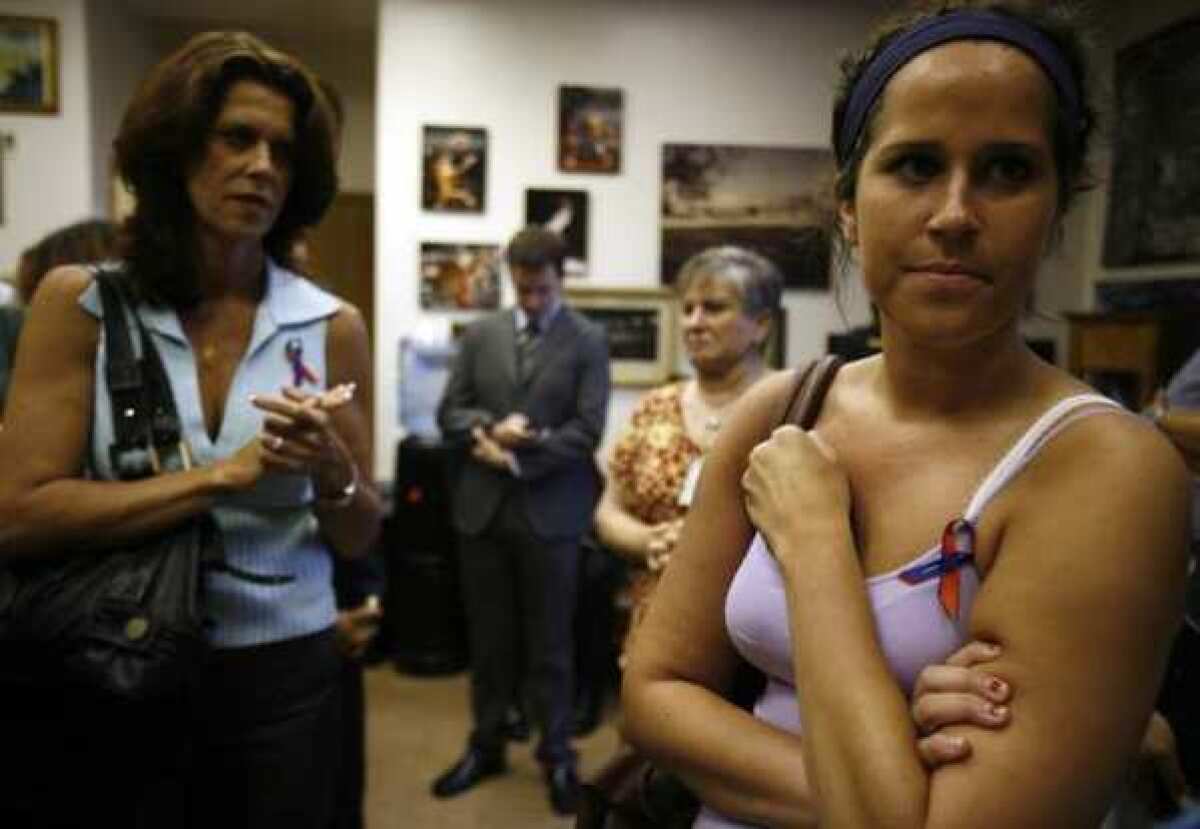Coliseum bans minors at 3 planned raves

- Share via
No new raves will be allowed at the Los Angeles Memorial Coliseum and Sports Arena in the near future, but events already scheduled for Aug. 21, Oct. 23 and New Year’s Eve will be permitted to go forward with stricter oversight, including a ban on minors, commissioners said Friday.
In front of a packed meeting room, members of the Los Angeles Coliseum Commission told rave producers that the three upcoming events offered them one last chance to clean up their operations. The safety of the two-day dance parties came under question with a 15-year-old girl’s death June 29 from a suspected overdose after she attended the Electric Daisy Carnival at the Coliseum, which had an age limit of 16.
“You’re on probation,” Coliseum Commissioner David Israel told Pasquale Rotella, founder of Insomniac Events, which produced the Electric Daisy Carnival. “The question is whether you wind up gone or back in society.”
The commission — the joint state, county and city panel that oversees the venue and whose meetings rarely draw more than a handful of people — also ordered that producers of the three upcoming raves enforce a strict age limit of 18 by checking identification, hire a team of emergency room doctors to work onsite and warn rave-goers about the dangers of the illegal drug Ecstasy, which some rave attendees see as an integral part of the experience.
County Supervisor Zev Yaroslavsky said he would have liked to immediately postpone all future raves but has been told by the Coliseum’s lawyers that the venue is contractually bound to host them.
Yaroslavsky challenged Rotella and other rave producers to move the culture of the events away from celebrating Ecstasy, the stimulant and hallucinogen suspected of causing 15-year-old Sasha Rodriguez’s death.
“You know you’ve got an Ecstasy and other drug problems at these concerts..... You have influence over what your acts are saying. Can’t you put your thinking cap on and create a new dynamic in the arena?” Yaroslavsky asked. “Do something proactive … that keeps your patrons alive.”
Rotella declined to respond. His lawyer, Simon Rust Lamb, said Rotella’s company has hired a consulting firm to review its safety and security protocols.
Los Angeles Councilman Bernard C. Parks defended the events, saying he believes that only about 5% of attendees engage in illegal acts.
“There are no perfect events,” he said. “I don’t think we should leave here thinking that we will have things in the future with no incidents.”
Rotella subsequently read a statement that said Insomniac’s fans “deserve only the best, whether it be the world-class artists we bring to Los Angeles or the industry-leading security measures we have implemented to make sure they safely enjoy themselves.”
Raves bring in significant revenue for the Coliseum and Sports Arena.
Some members of the audience applauded the decision to give raves another chance.
Tess Fish, 20, a UC Davis student back in Los Angeles for the summer, called these raves “our generation’s Woodstock.”
A ban “would be really sad. It would be a huge impact to the SoCal raver scene,” Fish said.
On the other side, Aisha Armer, 19, of Laguna Niguel said the Coliseum needs a ban to protect young people.
Armer said she attended the Electric Daisy Carnival in 2009 and took Ecstasy because all of her friends were.
She later had a massive convulsion and wound up at Good Samaritan Hospital, where she suffered multiple organ failure, had four strokes and fell into a two-month coma, said her mother, Debbie Macaluso.
Only recently did Armer relearn how to walk and talk.
“Everyone knows you take drugs at this rave,” Armer said, her slowed speech showing the effects of the strokes. “I want to prevent this from happening to other people. As long as these go on, people are going to get hurt.”
More to Read
Sign up for Essential California
The most important California stories and recommendations in your inbox every morning.
You may occasionally receive promotional content from the Los Angeles Times.











